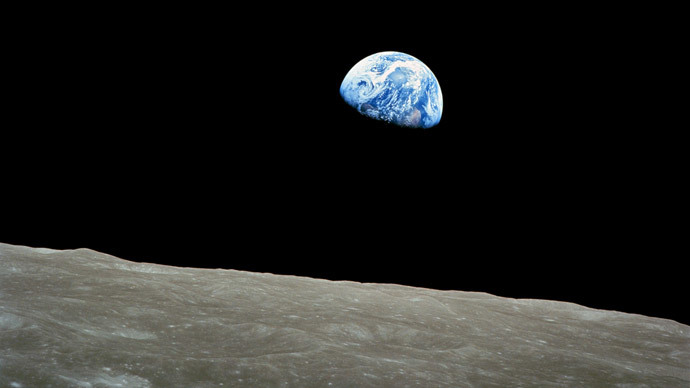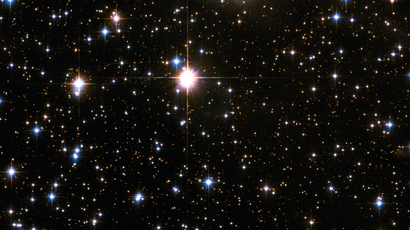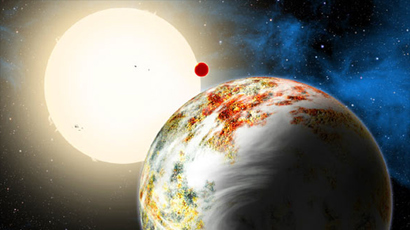Earth & moon 60 million years older than previously thought

The timing of the giant impact between Earth’s ancestor and another planet-sized body happened 40 million years after the start of the solar system. This means Earth is a bit of an older lady than previously thought.
New research by Geochemists from the University of Lorraine in Nancy, eastern France, was presented at the Goldschmidt Geochemistry Conference in Sacramento, California.
The scientists measured changes in the proportions of different gases (known as isotopes) which have survived in some rocks from when Earth was very young.
Bernard Marty and Guillaume Avice, two of the key scientists in the research, analyzed xenon gas, found in South African and Australian quartz, which was found to be 3.4 and 2.7 billion years old respectively.
This is because the gas sealed in the xenon is in a ‘time capsule’, which allows scientists to compare the current isotopic ratios of xenon with those that existed billions of years ago.
This allowed them to estimate when Earth began to form.
“The xenon gas signals allow us to calculate when the atmosphere was being formed, which was probably at the time the Earth collided with a planet-sized body, leading to the formation of the moon. Our results mean that both the earth and the moon are older than we had thought,” said Avice.
The time Earth was formed had previously been estimated at around 100 million years after the formation of the solar system and as the atmosphere would not have survived the moon-forming impact, this new data puts the formation of the Earth at just 40 million years after the solar system formation.
“This might seem a small difference, but it is important. These differences set time boundaries on how the planets evolved, especially through major collisions in deep time which shaped the solar system,” said Marty.
In a separate paper published in Science last week, new evidence from the Apollo missions of the 1970s has been analyzed, showing traces of material to support the hypothesis that the formation of the moon was the result of a giant collision between Earth and another Mars-sized planet.
The debris from this impact about 4.5 billion years ago is believed to have resulted in the formation of the moon.














